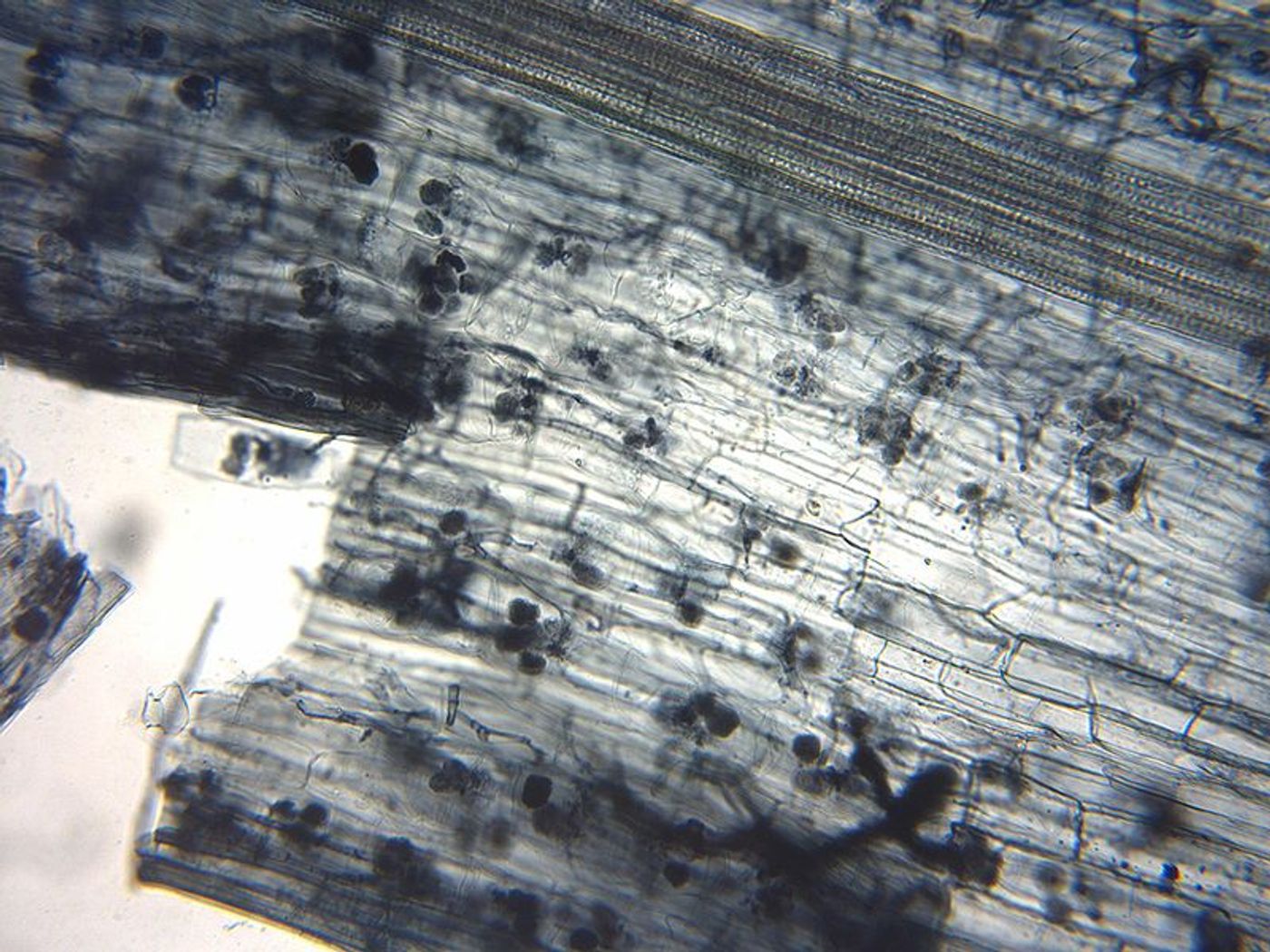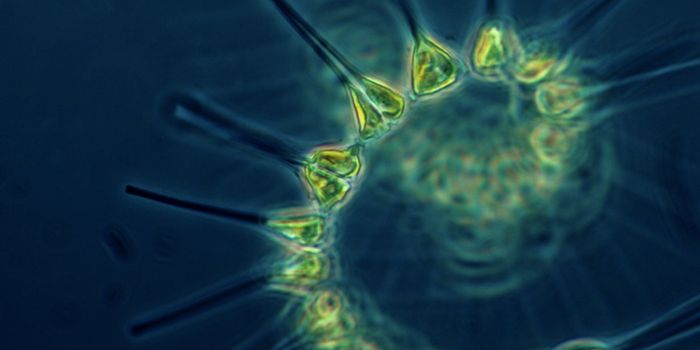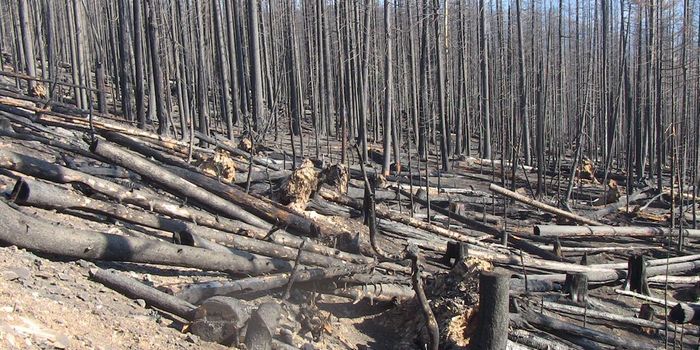Climate Change Causes Carbon Loss in Soil & Root Problems in Plants
Concerns about runaway climate change and tipping points of no return are constant sources of fear in our warming world. Increased temperatures can melt northern tundra freeing up dangerous amounts of heat-inducing methane trapped in the ground, but arctic soil is not the only kind threatened by climate change. A new study published in Science Advances on July 9th details how increased temperatures, when paired with higher levels of ozone, complicate the growth of plant roots and increase soil carbon loss.
The study looked specifically at nontilled soybean plants and their symbiotic arbuscular mycorrhizal fungi (AMF). AMF interact with the roots of most kinds of terrestrial plants, trading mineral nutrients for carbon. The researchers analyzed how elevated temperatures and ozone levels affected root growth and subsequent AMF interaction, finding that the climate changes introduce some trade-offs in this symbiotic relationship and increase levels of organic carbon decomposition.
While soybean roots did experience “increased specific root length” under the conditions, they were also subjected to “reduced root biomass, tissue density, and AMF colonization.” These kinds of changes are dangerous because they can weaken roots, making them more fragile and increasing turnover. These changes then, in turn, lead to lower yields and increased plant decomposition, causing soil to lose carbon.
Decreasing yields of foundational crops like soybeans and rice is cause for concern but might be a smaller issue than the feedback loop of climate change causing soil to lose carbon. Earth’s soil is one of the largest carbon sinks on the planet, with bogs and peatlands containing “twice as much carbon as all the world’s forests.” The effects of climatic warming and more ozone on soil sequestration is a deadly one-two punch. Less carbon storing means less soil productivity “in addition to the detrimental effects of increasing greenhouse gases when this carbon escapes” (Shuijin Hu, professor at North Carolina State University).
As the world heats and ozone levels rise, our tools to deal with these changes may dwindle. Lower crop yields and less soil-contained carbon mean that each degree hotter makes the next uptick all the more likely.
Sources: Science Advances; UNep; AAAS/EurekAlert!









